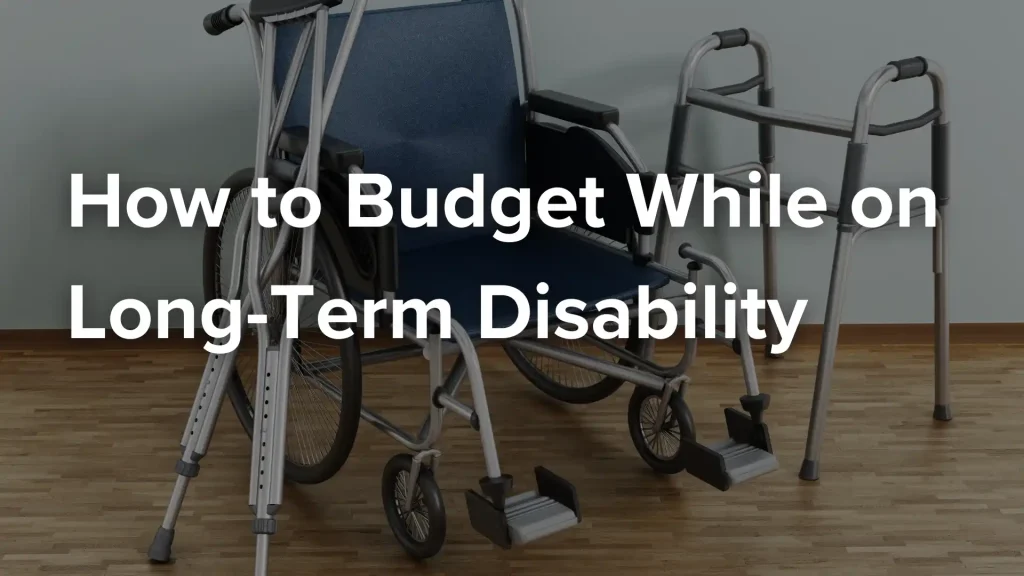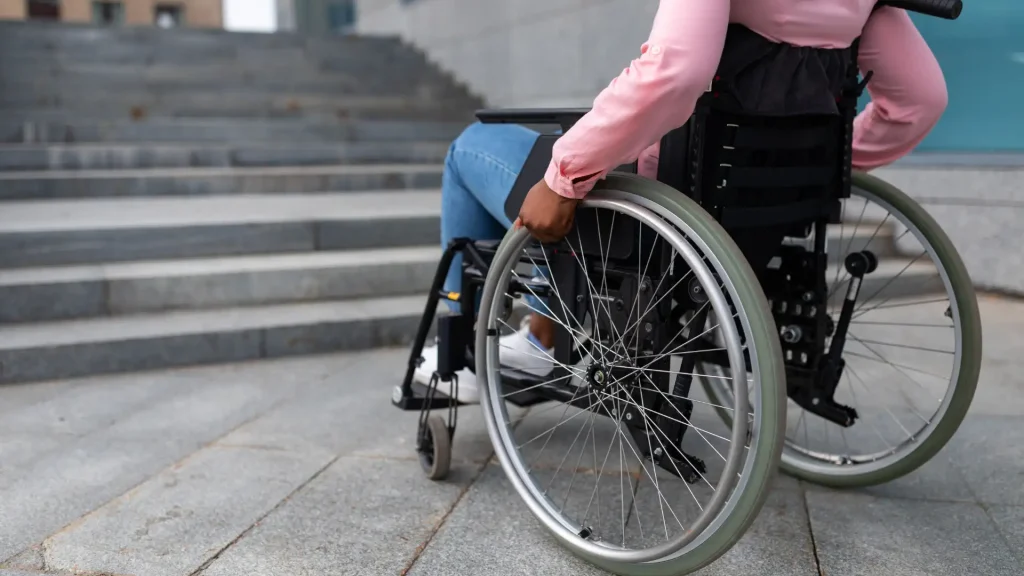Posted on Tuesday, July 22nd, 2025 at 9:00 am

Being on long-term disability (LTD) often means dealing with a significant drop in income. Whether healing from an injury or managing a long-term health issue, it’s natural to wonder who pays for your insurance. At the same time, on LTD, especially when every expense starts to feel heavier. Your finances probably look different than when you worked full-time. Living on a fixed income doesn’t mean losing control—it just means learning how to budget on long-term disability to make every dollar count.
Here are some simple, realistic ways to build a budget that works and makes your benefits last.
Why Budgeting Is Crucial While on Long-Term Disability
Every dollar matters when LTD benefits and legal options become your primary or only source of income. Most LTD policies replace only 50 to 70 percent of your previous income, which can lead to a significant shift in your monthly lifestyle. Without a solid plan, it’s easy to come up short, and it often leaves people asking, What does long-term disability insurance cost, and Is it enough to truly protect my financial future?
Sticking to a budget on long-term disability helps:
- Avoid unnecessary debt
- Prepare for out-of-pocket medical costs
- Manage monthly bills without stress
- Set aside an emergency fund
- Maintain eligibility for specific aid programs
This can protect your peace of mind while maximizing your disability benefits.
Steps to Create a Budget on Long-Term Disability
Putting together a workable budget while you’re on LTD requires planning, honesty about your situation, and a few hard calls. Still, it’s one of the best ways to keep your finances on track.
Step 1: Calculate Your Monthly Income
Start with your LTD benefit amount. Include any other sources, such as Social Security Disability Insurance (SSDI), food stamps, or part-time work. Knowing your full monthly income helps you understand your limits.
Step 2: List All Fixed and Variable Expenses
Track housing, utilities, short-term disability insurance, phone, transportation, and groceries. Also include co-pays, prescriptions, and other medical needs. If you’re unsure where your money goes, use a free disability budget worksheet to help organize your categories.
Step 3: Prioritize Essentials First
Cover the essentials first—rent, utilities, groceries, transportation, and medical care should come before anything else. If those basics are hard to manage, look into help like utility assistance or housing programs for people with disabilities.
Step 4: Cut or Reduce Non-Essentials
Cancel unused subscriptions, switch to streaming instead of cable, and cook at home rather than ordering out—every adjustment adds up.
Please read more about the residual benefits of disability here: What Are Residual Disability Benefits?
Step 5: Track Monthly Spending and Adjust as Needed
Budgeting isn’t a one-time task. Review your spending monthly and compare it to your income. Apps such as Mint, YNAB (You Need a Budget), or Empower make it easy to categorize expenses and monitor monthly spending habits.
With a solid budget and regular check-ins, you can stretch your LTD benefits further and gain more control over your financial future.
Tips to Stretch Your LTD Benefits
 Once your basic budget is in place, the next step is finding innovative ways to stretch your receiving benefits and make every dollar work harder.
Once your basic budget is in place, the next step is finding innovative ways to stretch your receiving benefits and make every dollar work harder.
Look Into Government Assistance Programs
Many people on LTD qualify for programs like SNAP benefits, Medicaid, or rent subsidies. These resources can reduce your financial burden significantly.
Get Smart About Tax Planning
Some LTD benefits are taxable, depending on how premiums were paid. Learn more about disability income tax planning to avoid surprises at tax time.
Buy Generic and Use Coupons
Generic prescriptions and store-brand products can save hundreds per year. You can also download rebate apps or sign up for discount cards for medical supplies.
Use Community Resources
Food banks, nonprofit health clinics, church-based outreach groups, and disability advocacy organizations may offer free services or supplies.
Limit Credit Card Use
Avoid relying on credit to cover shortfalls unless it’s an emergency. The interest can quickly turn into an unmanageable burden.
Build an Emergency Fund
Even small contributions to an emergency fund can prevent crises in the future. To keep the contributions consistent, set up an automatic transfer from your account.
Consider Talking to a Financial Planner
Someone who understands financial planning for LTD benefits can give advice that fits your situation. They might help you figure out how to manage your money, protect what you have, and plan in case you can return to work.
When you combine resourcefulness with planning, living on LTD doesn’t have to mean living in constant stress.
Support Beyond Budgeting
Living on disability income isn’t easy, but with some planning and the right support, you can keep your budget on track. A few wise choices can go a long way in helping you stay steady financially while you focus on getting better.
If you’re currently applying for LTD or dealing with claim delays or denials, Capitan Law may be able to help. Our attorneys understand the complexities of LTD claims and are ready to fight for the benefits you’re entitled to.
Our team is here to help you understand your rights and take the first step toward securing the necessary benefits. You can contact us here or learn more about our long-term disability practice in Pennsylvania for additional support.